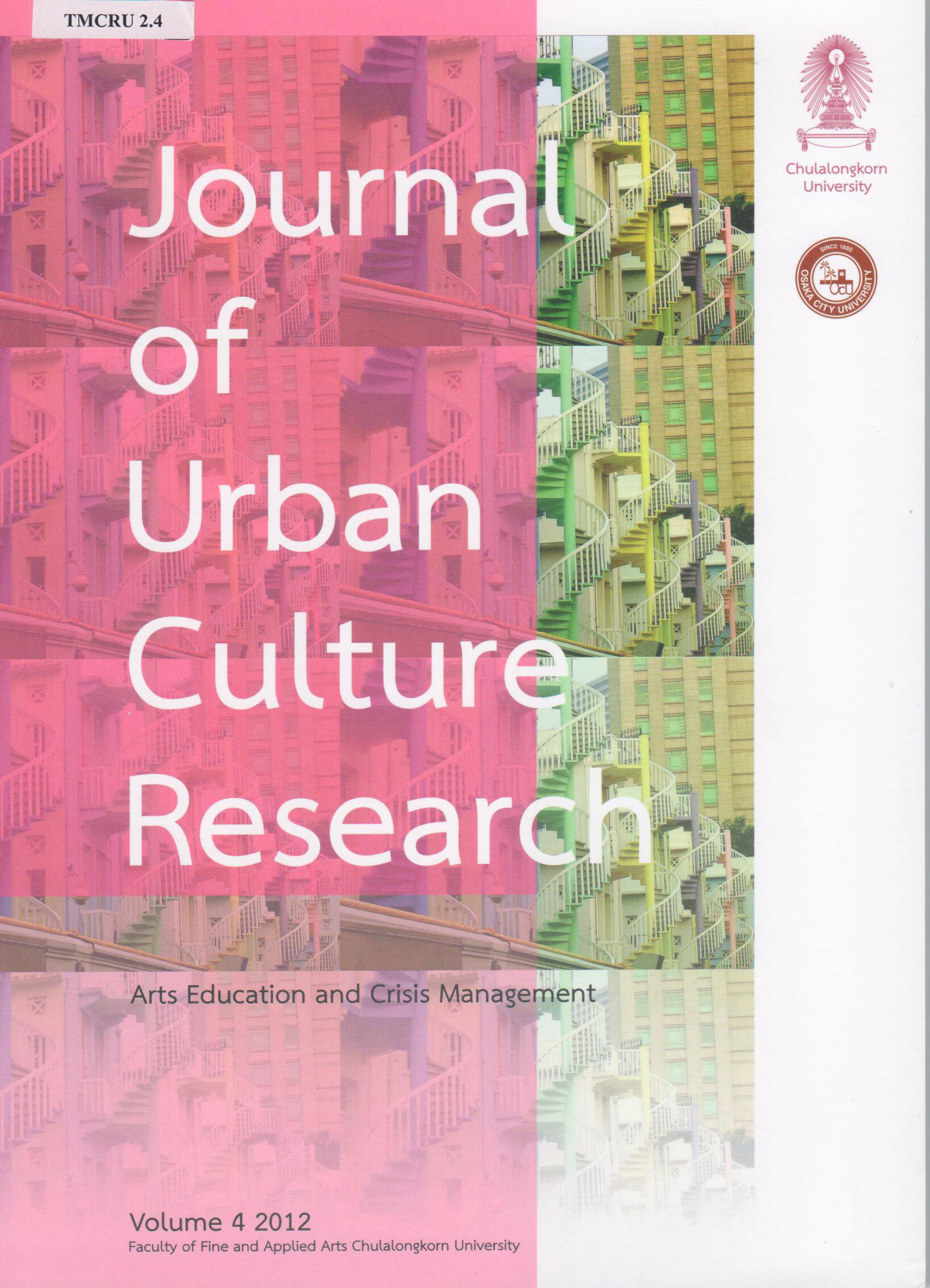The Destruction of Heritage: Rock Art in the Burrup Peninsula
DOI:
https://doi.org/10.14456/jucr.2012.8Keywords:
Destruction, Heritage, Colonialism, Identity, LandAbstract
The destruction of rock art in the Burrup Peninsula, performed by several mammoth industries strategically located in the Peninsula since the 1960s, allows me to analyze the concept of heritage and !nd meaning in the dif!cult task of interpreting rock art. The Burrup Peninsula not only hosts the largest rock art site in the world, but also one of the largest deposits of natural gas, iron ore and salt. As a consequence, the land (sacred to the Indigenous people), becomes extremely important in order to sustain the booming economy of Australia. In this dif!cult negotiation between heritage and progress the rock art is embedded with new meanings and the heritage becomes ephemeral. Failing to include the site in the World Heritage Site list (UNESCO), the roles of identity and memory are contested. As a result, the concept of heritage can be de!ned on several levels: local, regional, national and international.Downloads
How to Cite
González Zarandona, José Antonio. 2014. “The Destruction of Heritage: Rock Art in the Burrup Peninsula”. Journal of Urban Culture Research 4 (-):64-81. https://doi.org/10.14456/jucr.2012.8.
Issue
Section
Articles
License
Authors authorize the JUCR to publish their materials both in print and online while retaining their full individual copyright. The copyright of JUCR volumes is retained by Chulalongkorn University.
The views and opinions expressed herein are those of the individual author(s) and do not necessarily reflect the policies or opinions of the Journal (JUCR), it editors and staff, Chulalongkorn University, or Osaka Metropolitan University.








